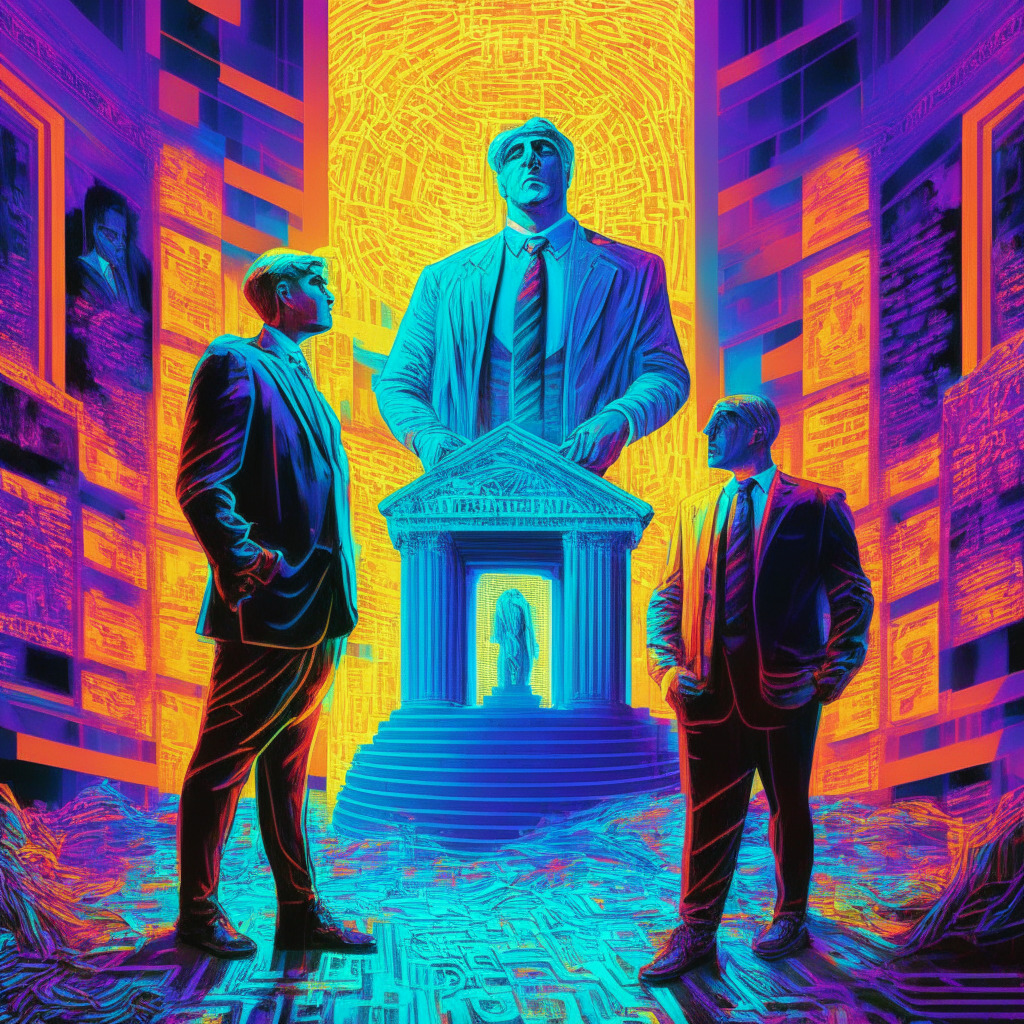US lawmakers have recently reintroduced a bill that could potentially bring much-needed clarity to the digital assets space. The Securities Clarity Act, first introduced by Reps. Tom Emmer and Darren Soto in 2020, aims to create a clear distinction between an investment contract and the digital asset involved. By introducing a new term, “investment contract asset”, the bill could offer a more technology-neutral approach to defining such assets.
Lawmakers and crypto enthusiasts alike argue the importance of distinguishing between assets and the securities offering. Emmer’s office emphasizes that without this clarity, projects that need to raise capital in the early stages may find themselves stuck within the securities framework. This could hinder the potential use of tokens for their intended utility, ultimately causing harm to token holders.
On the other hand, this move has received praise from various crypto groups, including the Chamber of Digital Commerce. CEO Perianne Boring highlights that the bill is crucial for providing certainty to investors, businesses, and consumers alike.
The bill’s potential impact on the crypto industry can also be examined in the context of the Howey Test, a 1946 US Supreme Court case that has long defined whether a transaction qualifies as an investment contract, and therefore, a security. The US Securities and Exchange Commission (SEC) has often referred to this case when determining the classification of cryptocurrencies.
Although many would agree that the current legislation and classifications can be challenging to navigate, it is worth noting that SEC Chair Gary Gensler has stated that most cryptocurrencies fall under the definition of an investment under the Howey Test. Gensler did not dismiss the idea outright, but acknowledged the general consensus among industry regulators.
However, the Securities Clarity Act could potentially change this dynamic, offering a more flexible and inclusive approach to digital assets. While some may argue that increased regulation could stifle innovation within the industry, it is important to consider the other side of the coin – where clear legislation and guidelines support and legitimize the sector in the eyes of both investors and regulators alike.
In conclusion, while the reintroduction of the Securities Clarity Act remains a topic of discussion and points of contention may exist, it is clear that a more technology-neutral approach to defining digital assets is needed. The debate surrounding this bill will undoubtedly continue as stakeholders on either side of the aisle seek clarity and direction within the rapidly evolving world of digital assets and the blockchain industry.
Source: Cryptonews




